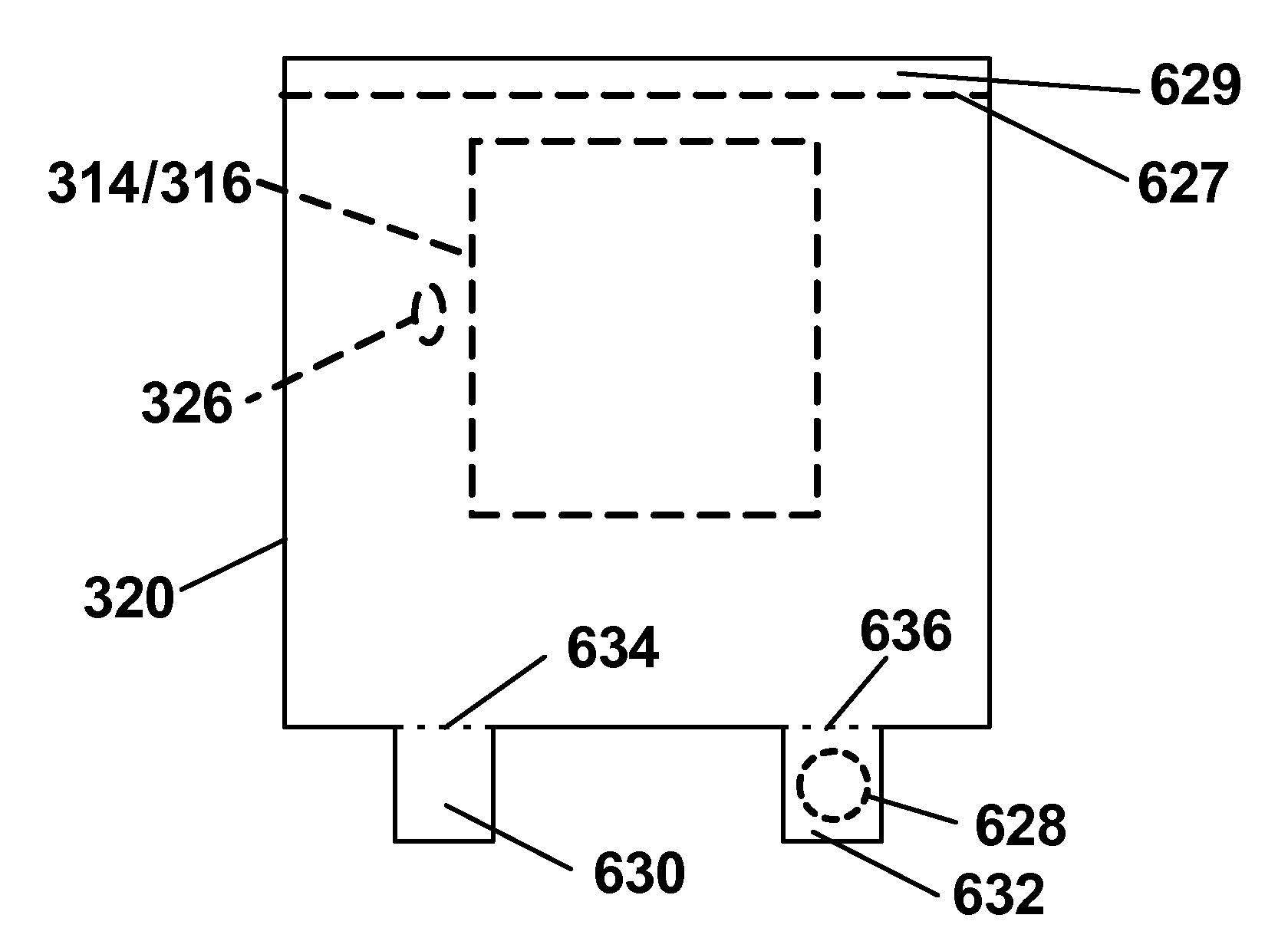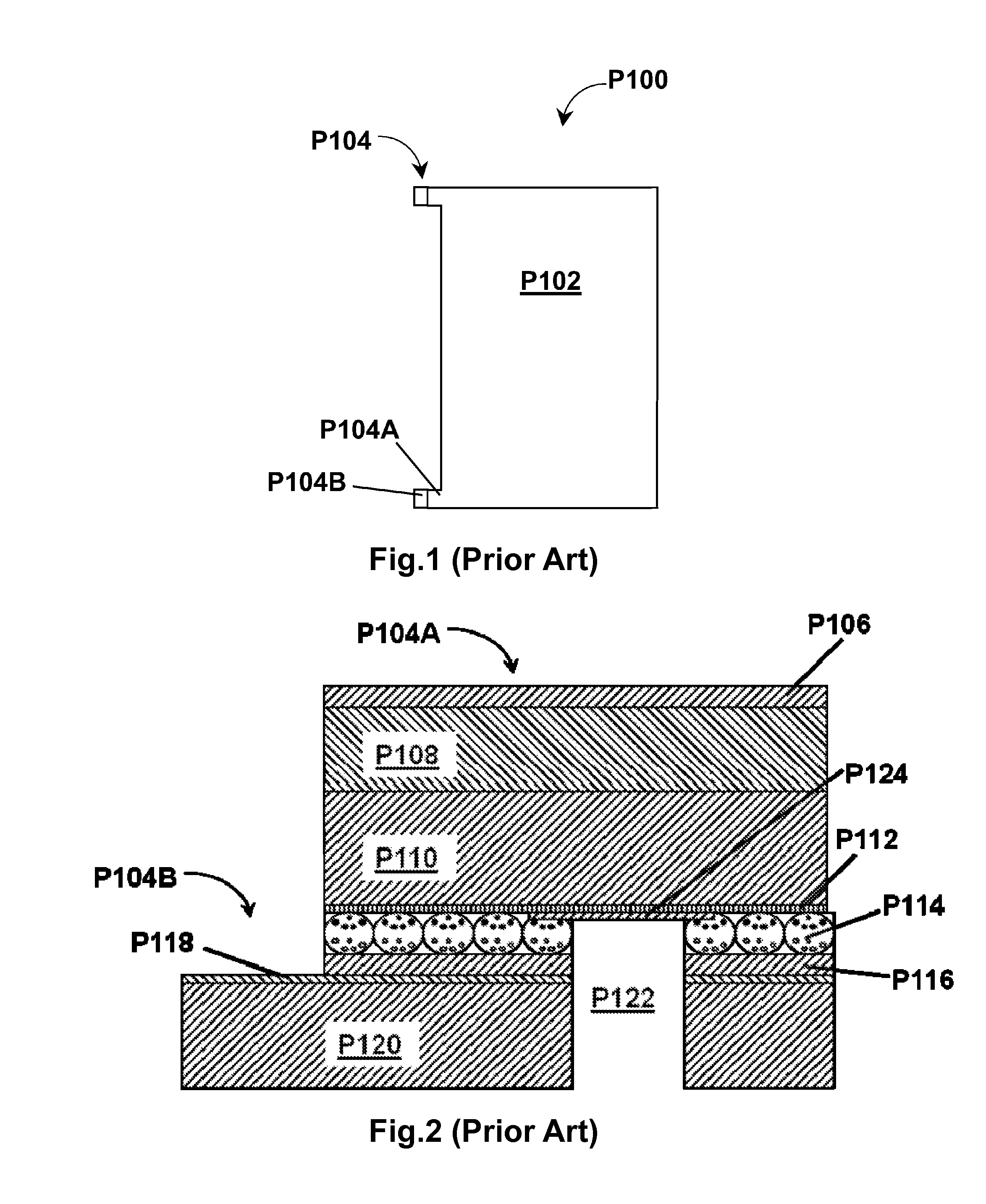Electro-optic displays, and materials and methods for production thereof
a technology of optical displays and optical displays, applied in the field of optical displays, can solve the problems of inadequate service life of optical displays, preventing their widespread use, and gas-based electrophoretic media appearing to be susceptible to the same types of problems
- Summary
- Abstract
- Description
- Claims
- Application Information
AI Technical Summary
Benefits of technology
Problems solved by technology
Method used
Image
Examples
Embodiment Construction
[0098]Before describing in detail various embodiments of the present invention it is useful to set out certain definitions. The term “backplane” is used herein consistent with its conventional meaning in the art of electro-optic displays and in the aforementioned patents and published applications, to mean a rigid or flexible material provided with one or more electrodes. The backplane may also be provided with electronics for addressing the display, or such electronics may be provided in a unit separate from the backplane. In flexible displays (and the present invention is especially although not exclusively intended for use in flexible displays), it is highly desirable that the backplane provide sufficient barrier properties to preventingress of moisture and other contaminants through the non-viewing side of the display. If one or more additional layers need to be added to the backplane to reduce ingress of moisture and other contaminants, the barrier layers should be located as c...
PUM
| Property | Measurement | Unit |
|---|---|---|
| diameter | aaaaa | aaaaa |
| thickness | aaaaa | aaaaa |
| thickness | aaaaa | aaaaa |
Abstract
Description
Claims
Application Information
 Login to View More
Login to View More - R&D
- Intellectual Property
- Life Sciences
- Materials
- Tech Scout
- Unparalleled Data Quality
- Higher Quality Content
- 60% Fewer Hallucinations
Browse by: Latest US Patents, China's latest patents, Technical Efficacy Thesaurus, Application Domain, Technology Topic, Popular Technical Reports.
© 2025 PatSnap. All rights reserved.Legal|Privacy policy|Modern Slavery Act Transparency Statement|Sitemap|About US| Contact US: help@patsnap.com



